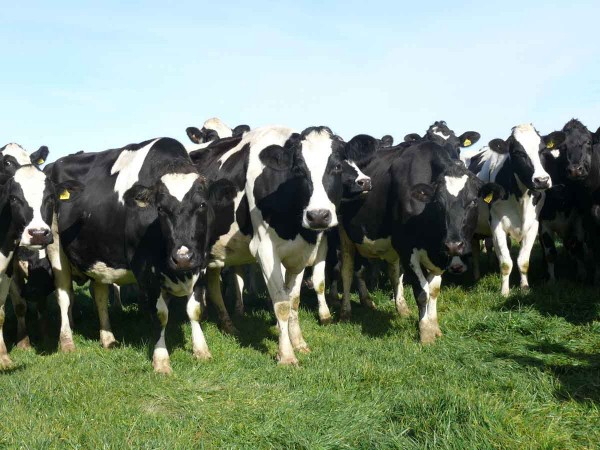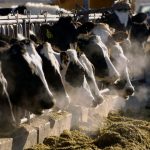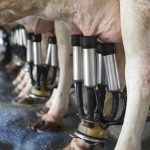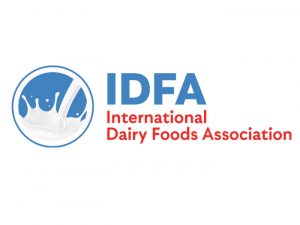
Several years ago the fluid milk handlers (Class I) had a resolution passed that these handlers would pay 20 cents a cwt. to have fluid milk advertised.
This was a very admirable decision. The problem, however, was when a Market Administrator announced the Class I price, it contained a special 20 cents advertising fee. It appeared that the dairy farmers were receiving the 20 cents in addition to the regular Class I price.
Not true. After much concern, the 20 cent addition was altered so it did not show up as direct money to the dairy farmers. In other words, the USDA allowed the Class I handlers to recover their cost in the marketplace.
For many years dairy farmers rejected the idea of paying money into organizations to advertise their milk.
Finally US Congress passed a law that mandated the dairy farmers pay 15 cents per cwt. into various organizations. However, the dairy farmers had no way to recover this cost as the fluid milk handlers did.
Since order reform in 2000, in all Federal Orders, there is now the term “make allowance”. This is a carryover from the days that the USDA allowed processors to be paid when qualified handlers sold manufactured products to the USDA. This procedure was all right because the processors had no other way to cover their costs.
However, now through a complicated pricing system, the USDA reduces the price that possibly should go to dairy farmers (in our opinion). This make allowance, now in the Federal Orders, is carried over from the milk support program. This price that is allowed to help the milk processors recover their cost is different on various products ranging from maybe $1.50 per cwt. to $2.50 per cwt. It may be even more.
One must beg the question, “Where is the dairy farmers’ make allowance?” In summing up the make allowance, it was perfectly right for the USDA to have a make allowance for the manufacturers that sold their products directly to the USDA, and the make allowance was enough for the dairy processors to cover their cost. But is it justified now for the same procedure to be taken from the dairy farmers price?
During the late 1970’s, Eastern Milk Producers and other co-ops were able to have the Secretary of Agriculture raise the support price and we had the Secretary of Agriculture also raise it more, which meant up until April 1, 1981, the dairy farmers were receiving an adequate price.
When Congress passed these new laws in the support price program, they also allowed a readjustment of the price twice a year. We forgot one important thing, which was a supply management program, and you dairy farmers remember the rest.
Dairy farmers had a costly diversion program rammed down their throats. Later, we had the costly dairy termination act. Then there were other adjustments made by Congress. And finally the support price was lowered down to $9.90 per cwt. and now the program has been eliminated.
Now with a new pricing system to dairy farmers, the make allowance is being covered, in my opinion, by reducing the prices paid to dairy farmers.
Finally, now with the pandemic, many dairy co-ops levied severe costs to their members, but yet they still marketed the milk. My belief is, ‘If the cooperative payment provision that used to be in Federal Order #2 had been implemented in the order reform bill of 2000, dairy farmers might have escaped some of these extreme losses‘.
One would need a real calculator to determine the billions and billions of dollars that dairy farmers have lost since April 1, 1981. Now with order reform, those losses can be multiplied over and over again.
The dairy farmers must decide if they want to continue with these losses, or will they support a complete new pricing formula for their milk.

























